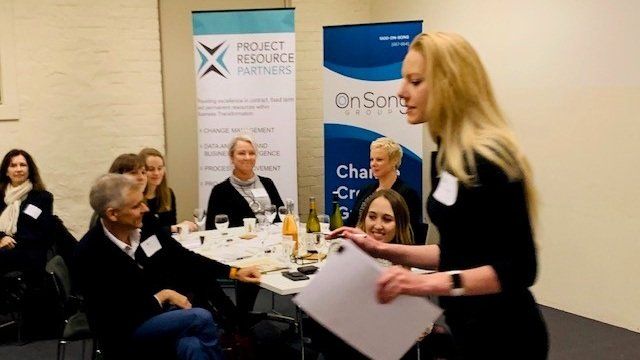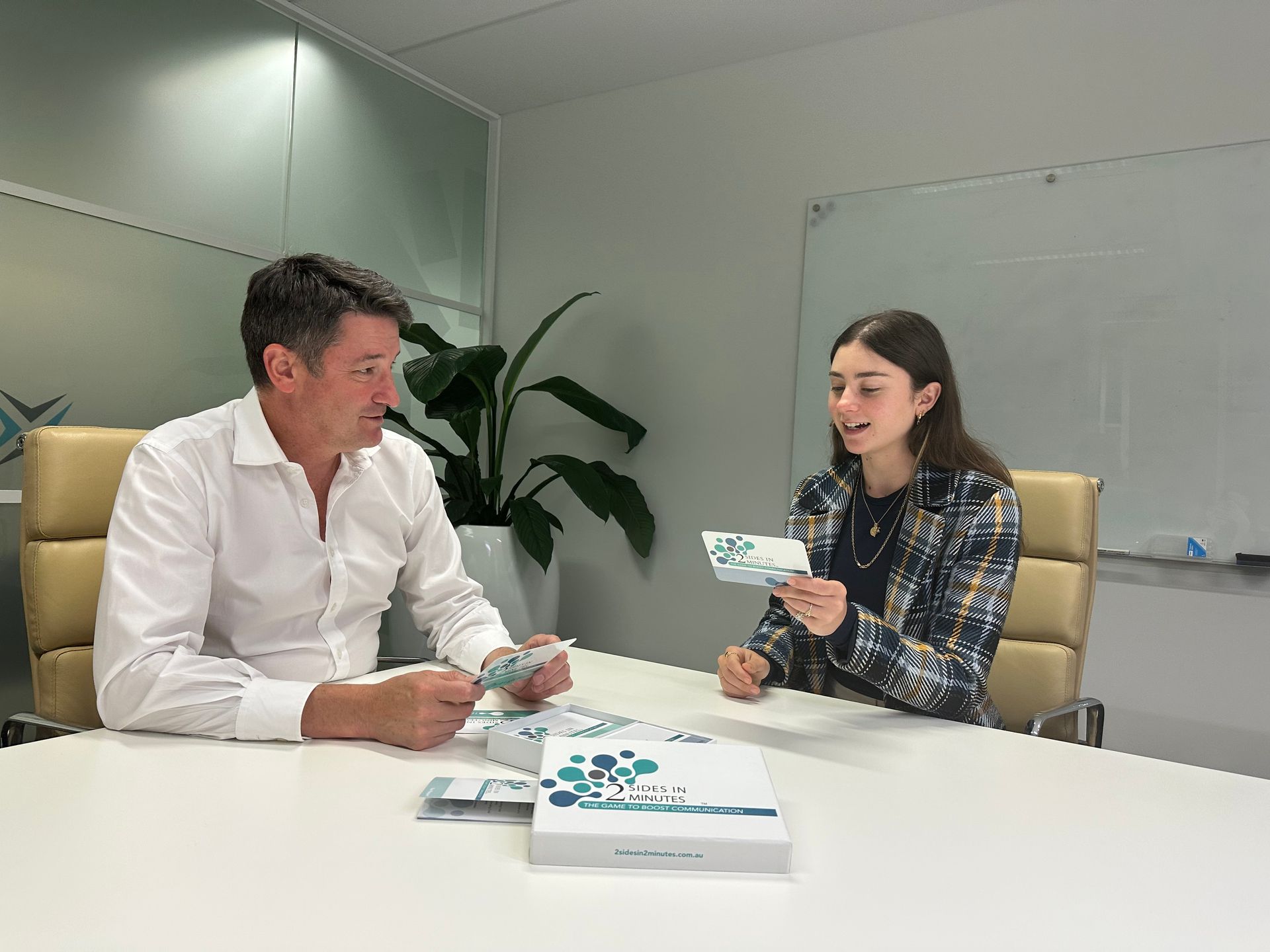Trending Blogs


BALANCING THE ELEMENTS OF CHANGE

As I am a bit old school, I have a desk calendar with a daily quote (yes, paper based!). Today’s couldn’t be more accurate: “Change is not made without inconvenience, even from worse to better” - Richard Hooker.
On Wednesday 17 July 2019, we partnered with the Change Management Institute for their Wine, Cheese and Change event where Dr Miranda Jensen guided us through her personal path to change management, and the creation of Transformation3 methodology.
With a musical background, Transformation3 is based on the balance of the three elements that compose it:
Awareness: It’s the foundation, an explorative state. From a traditional corporate change perspective this would include your as-is maps, stakeholder assessments and impact analysis. If we were to use this on a personal life example, this would be, for instance, our resume, or an assessment of our strengths and weaknesses.
Destination: This is the vision, our goal on what we want to achieve. In a business, this would include things like the operating models and organisational designs and project plans. In our personal transformation, this relates to vision boards or statements of where we want to be.
Guidance: A traditional perspective is ‘how we get from A to B’, however, guidance is not purely a list of activities. Guidance is the research, new strategies, maturity assessments and benchmarks. From a personal perspective, this would be coaching sessions, reading on the topic, seeking special advice and mentoring.
This is certainly not an exhaustive list, and some change activities could be part of more than one element at the same time, the difference is based on the intent (e.g. using an external consulting firm to map our as-is state could be interpreted as either or both awareness and guidance). Finding the balance of the three elements can be quite tricky as most individuals (and companies) have a tendency to spend more time and resources in one of them.
What are the signs we can use to perceive the lack of balance? If you focus on the Destination without awareness or guidance, you’d likely feel overwhelmed and have a lack of confidence in your ability. Similarly, if your focus is on awareness you’d only see your current problems, feeling quite stuck on what to do. Too much guidance usually means lack of accountability (e.g. having consultants advising on what to do but not necessarily doing it)
Identifying the imbalance will help you assess what activities need to be completed to move forward, and by continuously doing this process, you are being able to reassess your focus to meet the objective.
This is a snapshot of my understanding of Transformation3, but if you’re curious about it and want to add it to your toolbox, please have a further look at OnSong Group. There’s a series of videos, articles and other sources that Miranda has provided to facilitate the understanding of her methodology.
If you want to have further conversations on change, or you’re finding difficulties to bring the right resources for your team, please contact us for a confidential discussion.
Jaquelina Iselli
Consultant
Project Resource Partners
Level 7, 360 Collins Street, Melbourne VIC 3000 Australia
T +61 3 9949 8100 D +61 3 9949 8107


